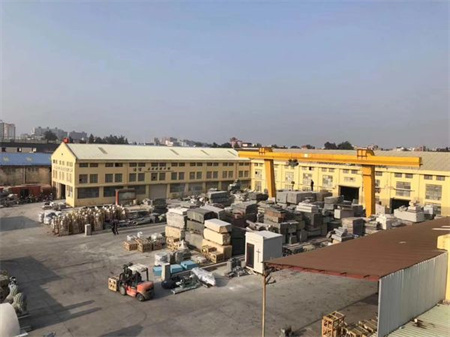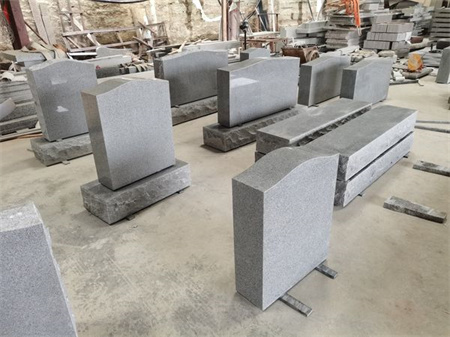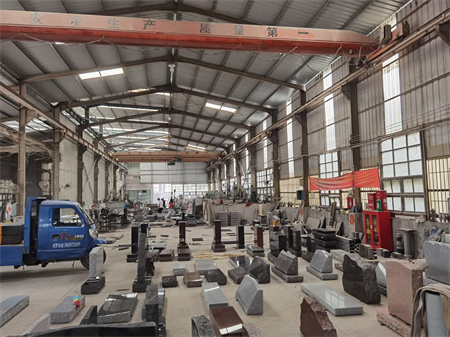Exploring National Pride Through Granite Memorial Monuments

Exploring National Pride Through Granite Memorial Monuments
Granite monuments stand as silent sentinels, carving their presence into the landscape of history. With their timeless resilience, they serve as more than just markers of place; they are deeply rooted symbols of national pride, often carrying the weight of collective memory and the sacrifices of those who came before us. As sturdy as the stone from which they are made, granite memorials hold stories that span generations, reminding us of our shared history, identity, and values.
The use of granite in memorial monuments isn’t just about durability—though its resistance to the ravages of time is undeniably a key factor. The material itself carries a sense of permanence and strength that reflects the unyielding spirit of nations. Whether commemorating war heroes, national leaders, or significant cultural milestones, these structures serve as touchstones, connecting the past with the present and inspiring future generations to uphold the ideals they represent.
Take, for instance, the iconic Vietnam Veterans Memorial in Washington, D.C. Crafted from black granite, it is a stark, emotional tribute to the soldiers who fought in one of America’s most contentious wars. The minimalist design of the memorial—its simple, sleek black surface etched with the names of over 58,000 fallen soldiers—allows for an intimate, personal connection. Visitors often leave rubbings of names, offering a quiet moment of remembrance. The choice of granite here is not merely aesthetic; it is a deliberate gesture towards the memorial’s purpose—to endure, to hold the weight of grief and remembrance, and to stand as a testament to sacrifice.
In the United Kingdom, granite also plays a significant role in memorials like the Cenotaph in Whitehall, London, a national symbol of remembrance for British soldiers who died in the two world wars. This simple yet powerful structure is a focal point for annual ceremonies like Remembrance Day, where people gather in solemn silence to honor the fallen. Its design, minimal but monumental, emphasizes the gravity of loss and sacrifice, while the enduring granite stands as a reminder that the memory of the lost should never fade.
In the case of national pride, granite monuments do more than just recall the sacrifices of the past. They also embody the values that define a nation—resilience, unity, and the pursuit of justice. In countries like Canada, the Memorial to the Victims of Communism in Ottawa, built with Canadian granite, speaks to the strength and resilience of those who fled oppressive regimes. Its looming presence serves as a reminder of the nation’s commitment to freedom, while also reflecting on the tragic experiences that have shaped its diverse population.
Granite’s symbolism extends beyond war memorials. In places like India, granite is often used in the construction of monuments dedicated to cultural and national icons. The Statue of Unity, for example, stands tall as the world’s tallest statue, commemorating Indian independence leader Sardar Vallabhbhai Patel. The statue, made from a combination of bronze and granite, is a testament to both Patel’s contributions to the nation and the enduring strength of India’s democratic ideals. The sheer scale of the monument, combined with the granite material, imbues the space with a sense of power and permanence, reflecting both the physical and ideological strength of the nation.

In a world that constantly changes, the lasting nature of granite monuments offers a kind of stability. They become enduring symbols of pride, not just for those who lived through the events they commemorate, but for generations who will learn about these stories. These monuments provide a foundation for the collective memory, ensuring that the ideals and sacrifices of the past are never forgotten.
Whether standing proudly in the heart of a capital city or hidden away in a quiet corner of a rural community, granite memorials invite reflection. They remind us that pride in one’s nation is not merely a feeling but something deeply woven into the fabric of history. Each stone, each inscription, serves as a tribute to the moments that have shaped a nation, and granite, as timeless as the memories it holds, stands as a fitting material for such important stories.

